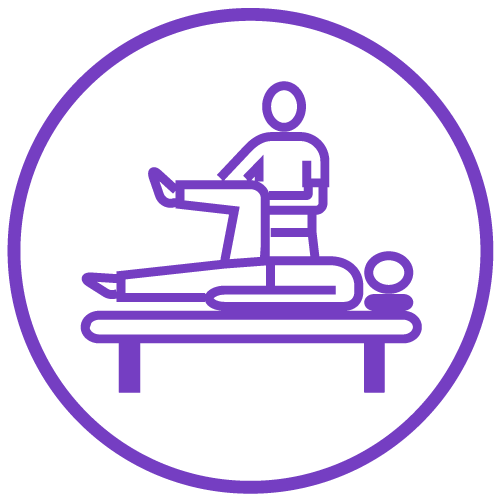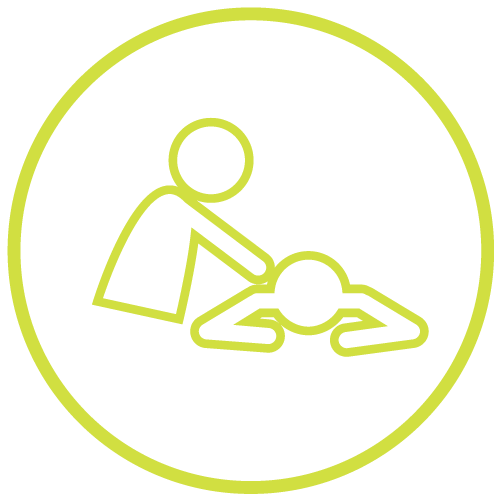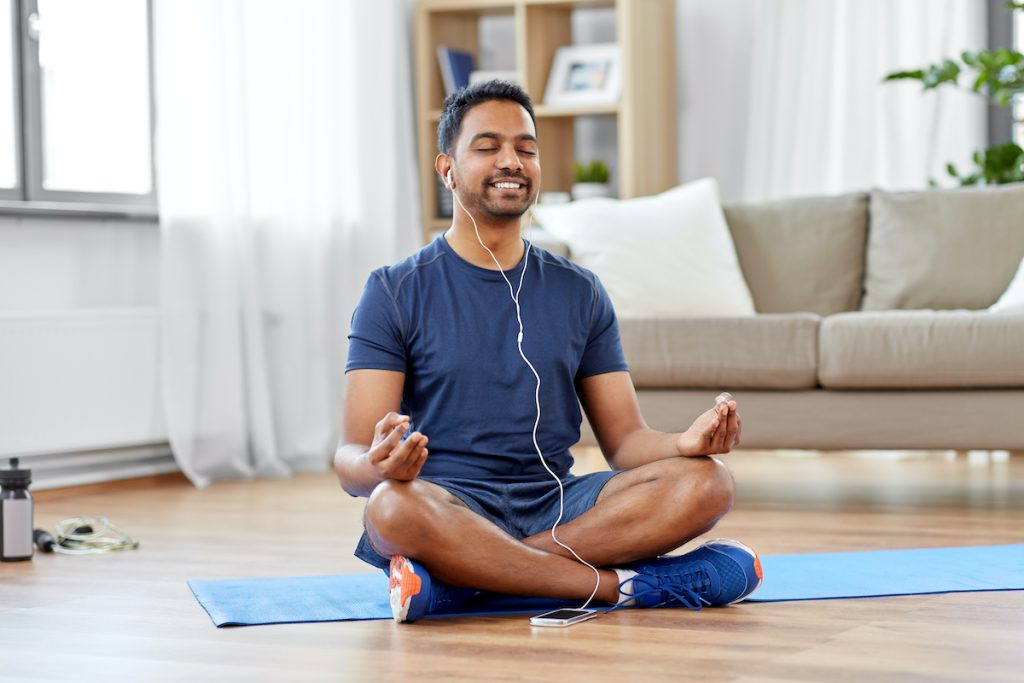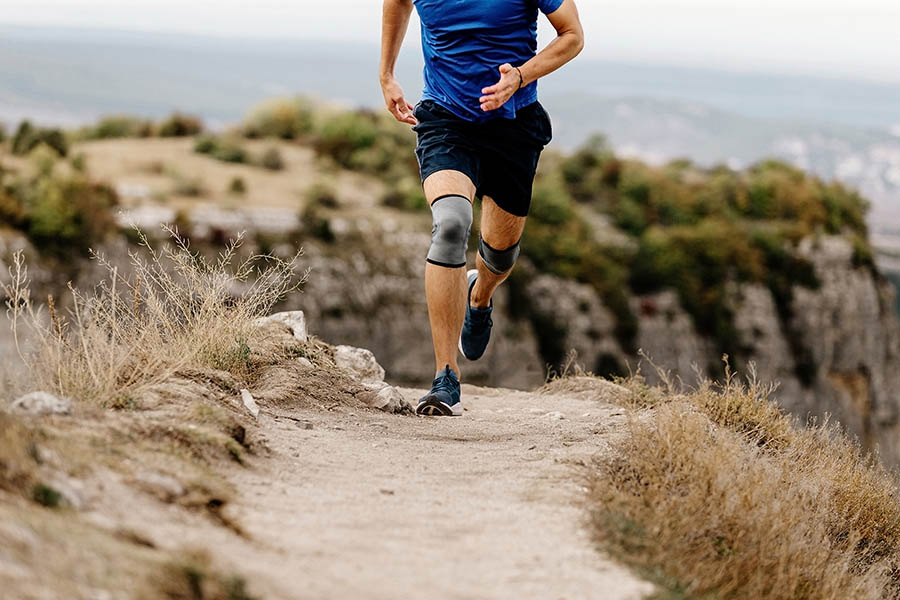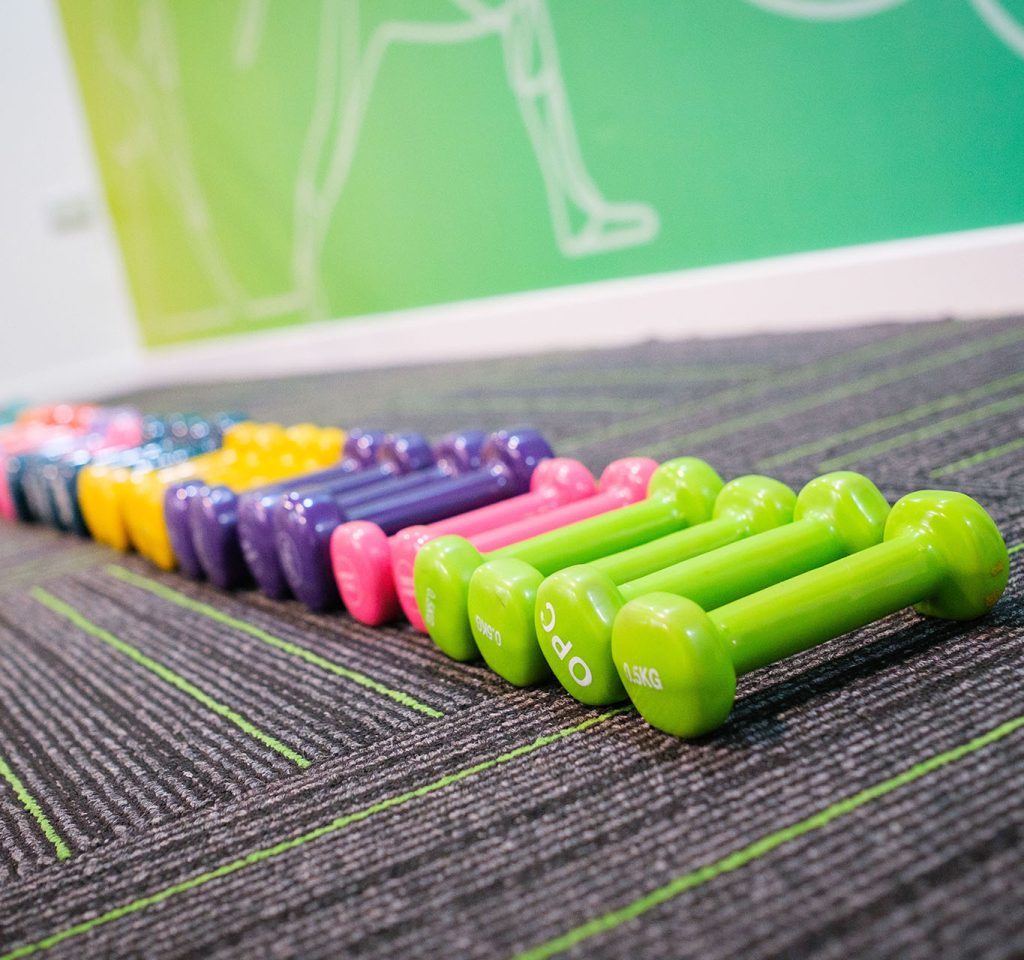A lot of problems that we’ve seen at the clinic over the years, especially neck, upper back and shoulder problems, can be attributed in large part to poor breathing technique. Many people don’t realise it, but the way you breathe can have a profound impact on the muscles and joints of your neck, shoulders and upper back.
However, the good news is that deep breathing exercises are easy to do and you can do them almost anywhere, anytime. The purpose of this article is to educate you on deep breathing exercises and how exactly you should be doing them in order to correct any suboptimal breathing pattern you might currently have.
You can do these exercises either lying on your back, sitting or standing. You’re most likely sitting as you read this article, so we will describe these breathing exercises based on a sitting posture, but the same principles apply no matter what position you’re in.
Take your time to practice each point below before moving on to the next.
Step One
Aim to be as long as you can through your spine, so in sitting, that simply means sitting as tall as you can. Whether you’re lying, sitting or standing, you should focus on having a long and tall spine. This ensures that you’re not in an overly arched or hunched posture, and makes sure your chest can expand in the way that is most optimal.
Step Two
Begin breathing deeply in and out at your own comfortable pace. Make sure that you’re not breathing any slower or faster than what is comfortable for you.
Step Three
Breathe through your nose, and aim to breathe into the base of your lungs. Imagine that you’re breathing air into your belly, so you should see your belly expand with each breath – this shows that your diaphragm is doing its job.
Step Four
With each inwards breath you also want your rib cage (your chest) to expand outwards and even slightly in your back. A good way to make sure this is happening is to have your hands on the sides of the lower part of your rib cage and feel it expand outwards in each direction. Aim to have your neck and shoulders relaxed, and to expand your rib cage outwards rather than upwards.
Step Five
Aim to breathe out as much as you breathe in each time. A common problem we see with breathing is hyperinflation, which means you’re breathing more air into your lungs than you’re letting back out again. This leads to over-inflated lungs, which can result in various problems including muscular tightness and your lungs not being able to extract as much oxygen from the air.
Below is a summary/checklist of the main points in the 5 steps above:
- Aim to be long or tall through your spine
- Breathe through your nose
- Breathe into your belly
- Breathe at your own comfortable pace
- Aim to be relaxed through your neck and shoulders
- Aim to expand your rib cage (chest) outwards rather than upwards
- Breathe out as much as you breathe in
Note that these techniques may take a bit of practice. It might seem like a lot of things to think about initially, but the more of these points you can incorporate into your deep breathing exercises, the more benefits you’ll get from them. Initially, even if you’re only doing a couple of the things mentioned above, it will be very beneficial for you.
It’s ideal to do these exercises for a couple of minutes at a time, even up to ten minutes at a time, or even better, half an hour. But if you struggle to find time for this, the great thing is that even if you’re only doing 2 or 3 breaths at a time, it’s still a great exercise to do whenever you think of it, or whenever you get the opportunity. The more you do these exercises the better, but even if you’re only taking the time to do a few breaths a couple of times per day, it’s going to be doing you a lot of good.
To learn more about BodyViva’s various pain-relieving and health services, get in touch with us today!


